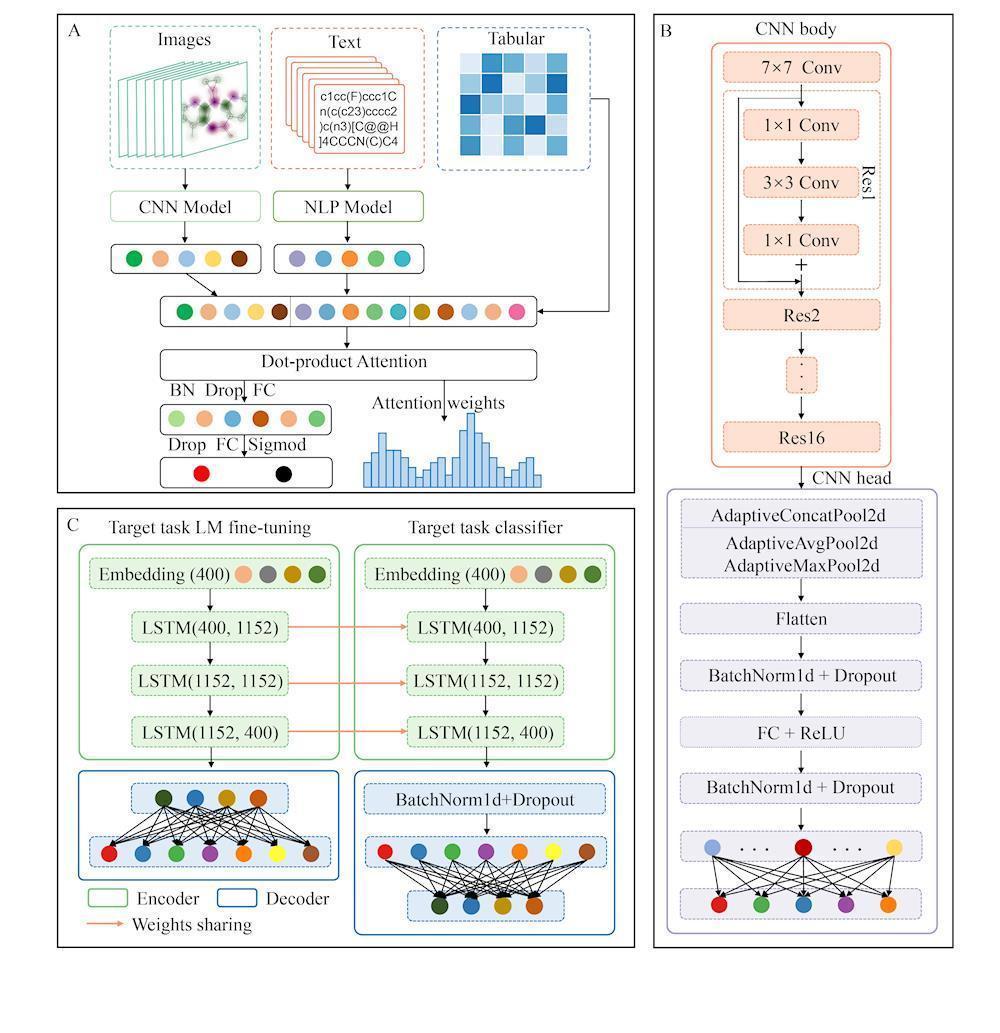There are new methods for predicting the permeability of small molecules blood brain barrier
Author:Chengdu University of Traditio Time:2022.09.01
A few days ago, Professor Chen Wei of Chengdu University of Traditional Chinese Medicine proposed a new method of predicting the permeability of small molecular blood and brain barrier permeability. Related research results were published in biological informatics based on the title of "Based on the Predictability of the Blood Brain Brain Barrier Dermeigation Forecasting Model". The international authoritative journal "Biological Information Briefing". Tang Qiang, a doctoral student of Chengdu University of Traditional Chinese Medicine, is the first author, and Professor Chen Wei is the author. The work received the computing power support of the high -performance computing platform of Chengdu University of Traditional Chinese Medicine.
The blood -brain barrier is an isolation tissue between the plasma and the brain cells formed by the formation of the cerebral hair fine blood vessel wall and the nerve gel cells. It can isolate the central nervous system (CNS) from the material in the blood and blood. The blood -brain barrier can protect the brain tissue from metabolic product damage by restricting material exchange in the brain and outside the brain, and regulate the brain's micro -ring situation and the normal physiological function of neurons.
CNS disease has the characteristics of high incidence and high disability, and seriously threatens the health of the people. In recent years, the research and development of CNS disease -related drugs has become the focus of attention in the medical field. Blood and brain barrier permeability is an important evaluation indicator that determines whether drugs can enter the brain and achieve the treatment role. Therefore, the prediction of small molecular blood -brain barrier permeability is of great significance for the development of CNS disease treatment drugs.
Chinese herbal medicine is an important source of small molecular drugs. Many Chinese medicines show better CNS pharmacological activity and have been used for the treatment of CNS diseases. However, the current research on the blood -brain barrier permeability of Chinese medicine ingredients is relatively lacking, which hinders the research and development of CNS disease treatment drugs from Chinese medicine. Through the experimental method, the blood -brain barrier permeability of small molecules is not only complicated, but also high time and labor costs. Although the computing model based on machine learning methods has the advantages of high -throughput and low cost in evaluating the permeability of blood brain barrier, the existing method has insufficient prediction accuracy and lack of explanatory models.
In response to the above issues, Professor Chen Wei ’s research team uses multi -mode deep learning strategies to use molecular images, molecular fingerprints and molecular descriptors, simplify molecular linear input specifications (SMILES) to characterize small molecules, use convolutional neural networks, long short -term short -term The potential features of the memory network extraction image and the SMILES string are integrated with molecular fingerprints and molecular descriptors to develop a new method DEEP-B3 that predicts the permeability of small molecular blood brain barrier permeability.

Figure 1 DEEP-B3 model architecture
In order to explain the model's explanatory analysis, the research team also used the attention mechanism to analyze the importance of input features in Deep-B3, and found that the characteristics of the 22nd, 754, and 397-BIT positions from JP Morgan molecular fingerprints pair the small molecule blood brain The permeability of the barrier has an important decision. The verification results of the independent test set and the concentration of Chinese medicine small molecules have shown that the Deep-B3 will not only help the evaluation of the permeability of small molecular blood and brain barrier, but also the discovery of traditional Chinese medicine drugs that promote the treatment of CNS diseases.

Figure 2Deep-B3 website page and results display
(Text/Editor of Meng Fanbo/Huo Wenwei at Chengdu University of Traditional Chinese Medicine)
- END -
Digital reading ushered in the era of "listening"

Not long ago, the first global Harry Potter officially authorized Chinese sound bo...
Musk gave up the acquisition Twitter and Twitter: What are you doing?

Last Saturday, Musk said that his colleagues had communicated with Twitter and had...